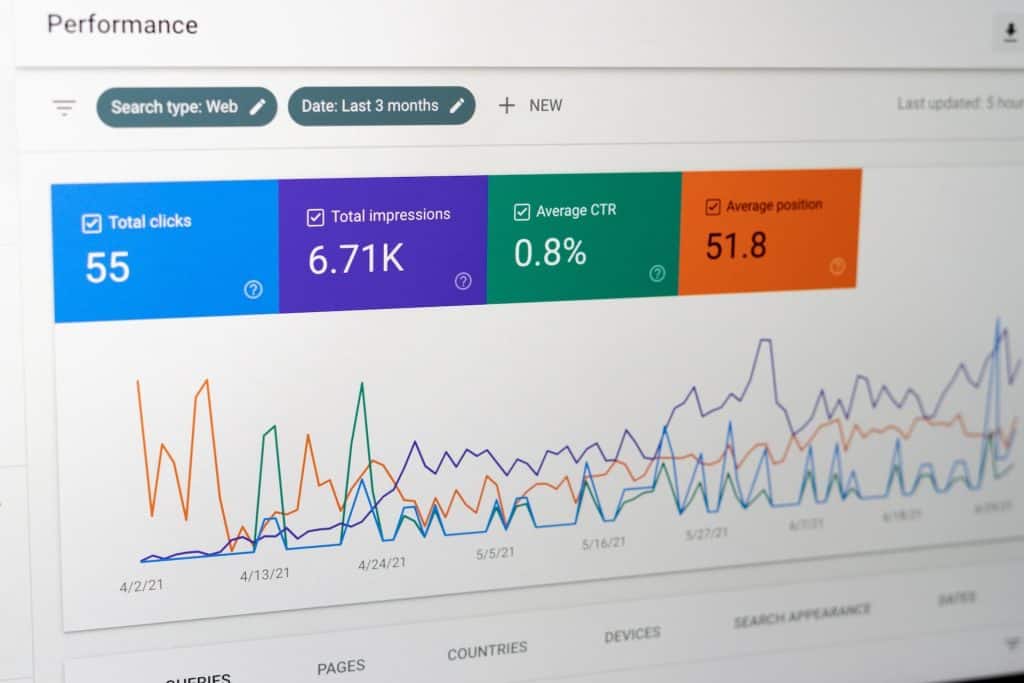We live in a world that is continuously evolving and changing and the business landscape is evolving with it. As we become increasingly digital in our existence, business owners must find ways to leverage the digital ecosystem if they want to succeed. The digital ecosystem is comprised of many entities, each of which has a unique role and significance. In this article, we review some of the most common entities that every business owner must consider.

The website: the central hub of your digital ecosystem
Your business website is the most important tool that prefaces a company. When designed with an excellent user experience that creates positive feelings in people, it will establish a lasting impression and help to build credibility for your business. Think of websites like an online version of a business’s physical building (in some cases it literally is). It is an avenue through which potential and existing customers can learn more about the business’s products or services, make purchases, and engage with the brand.
Key considerations:
- User experience (UX) design
- Mobile responsiveness
- Search engine optimization (SEO)
- E-commerce capabilities
- Accessibility
Email marketing: the personal touch
Everyone checks their email, making it an excellent way of connecting with your potential customers on a personal level. Email marketing is the use of email campaigns to build and nurture relationships and when done right, has the potential to convert potential customers into paying customers. Email marketing is primarily used to create the initial handshake with people who might be interested in a product or service that you might offer, but are not ready to pay yet. It is popularly used to send personalized offers and promotions as well. An effective email marketing strategy can drive engagement, foster loyalty, and boost sales.
Key considerations:
- Building a quality email list
- Crafting compelling content
- Segmentation and personalization
- A/B testing for optimization
Social media: amplifying your voice

Millions of people have social media now and there are countless conversations that take place through them. Some of the most popular platforms such as Facebook, Instagram, LinkedIn, and X (formerly Twitter), allow you to engage with your audience, share valuable content, and build a community around your brand. The choice of platforms depends on your target audience and business goals.
Key considerations:
- Content strategy for each platform
- Consistent branding and messaging
- Social media advertising
- Analytics for measuring performance
Content marketing: fueling engagement
Building a website just is not enough if you want to truly establish authority, build credibility, and connect with your customers. Business owners must consider creating a content strategy to remain competitive in the current digital ecosystem. Blog posts (like the one you are reading right now), videos, infographics, newsletters, social media posts, and podcasts are some examples of popular ways people create online content. Valuable content has the potential to build authority and attract organic traffic to your website.
Key considerations:
- Content calendar and planning
- Audience research and keyword optimization
- Multimedia content creation
- Promotion and distribution
Search engine marketing (SEM): capturing intent
SEM, which includes pay-per-click (PPC) advertising on platforms like Google Ads, enables you to capture users actively searching for products or services like yours. It’s a powerful way to drive targeted traffic to your website and generate leads or sales.
Key considerations:
- Keyword research
- Ad campaign optimization
- Landing page design and relevance
- Budget allocation and bidding strategy
Analytics and data: informed decision-making

If you are not using data to drive decisions in your business, then you are missing out on a lot of knowledge and insights that could potentially help you save time, money, and other resources. Insights into user behavior, campaign performance, and ROI. Utilizing tools like Google Analytics, you can track metrics, identify trends, and refine your digital strategy for optimal results.
Key considerations:
- Setting up tracking and reporting
- Conversion tracking
- A/B testing for website optimization
- Data-driven decision-making
Conclusion
Your website is the central component of your digital ecosystem and revolving around it are other important components like email marketing, social media, and SEM campaigns. Your ultimate goal should be to drive traffic to your website through these other components. Remember, the digital landscape is ever-evolving, so staying informed about industry trends and continually optimizing your digital strategy is essential to thrive in today’s competitive business environment.
